RF Cable Networks play a crucial role in enabling seamless communication over vast distances. These networks consist of various types of cables, including coaxial cable, twisted pair cable, and fiber optic cable. Each type has its own unique properties and advantages depending on the application. Coaxial cables are commonly used for transmitting TV signals and establishing internet connections, while twisted pair cables are popular in telephone and ethernet networks. Fiber optic cables, on the other hand, offer incredibly fast data transmission through the use of light pulses. These cables are used in various applications, including cable television, internet signals, and telephone transmission.
While each type of cable has its own strengths and weaknesses, RF Cable Networks ensure reliable and efficient communication across different distances. Whether it’s transmitting data over long distances or providing internet connectivity to households, RF Cable Networks are the backbone of modern networking and connectivity.
Coaxial Cable: A Reliable Solution for Transmission
Coaxial cables have stood the test of time in the telecom industry, serving as a reliable solution for transmitting TV signals and establishing internet connections. These cables consist of two channels that share the same axis, with an inner channel carrying the signal and an outer channel providing grounding. The design of coaxial cables allows for longer cable lengths and ensures quick data transfer without interference or negative effects on the electromagnetic environment.
When it comes to internet connections, coaxial cables are the go-to choice. They provide stable and high-speed transmission, making them ideal for delivering broadband internet to homes and businesses.
There are different types of coaxial cables available for various applications. Let’s take a look at two popular ones:
RG-6 Coaxial Cable
- Thicker and heavier than RG-59
- Better shielded, minimizing signal loss
- Commonly used for digital video signals, satellite TV, and broadband internet
RG-59 Coaxial Cable
- More flexible and suitable for shorter cable runs
- Often used in residential settings
Here’s a comparison between RG-6 and RG-59 coaxial cables:
| Coaxial Cable Type | Key Features | Common Applications |
|---|---|---|
| RG-6 | Thicker, heavier, and better shielded | Digital video signals, satellite TV, broadband internet |
| RG-59 | More flexible | Residential applications |
Regardless of the specific type, coaxial cables offer a reliable and efficient means of transmission for numerous applications. They continue to play a crucial role in enabling seamless connectivity in our increasingly interconnected world.
Twisted Pair Cable: The Backbone of Telephone and Ethernet Networks
Twisted pair cables have long been the foundation of telephone and ethernet networks, providing reliable and efficient connectivity for various communication needs. These cables consist of two parallel insulated conductors twisted together, which helps reduce crosstalk and environmental interference.
There are two main types of twisted pair cables: shielded (STP) and unshielded (UTP). UTP cables are commonly used in residential and commercial applications, offering cost-effective solutions for connecting telephones and computers. On the other hand, STP cables are designed with additional shielding in the form of foil wrapping and metallic braid or foil, providing better resistance to noise in more demanding environments.
While twisted pair cables have lower bandwidth and higher attenuation compared to other telecom cable types, they still offer significant advantages in terms of installation and maintenance. The simplicity of twisted pair cables makes them easier to handle and terminate, reducing the complexity and time required for network deployments.
Despite their limitations, twisted pair cables continue to be widely used in telephone networks and ethernet connections, thanks to their affordability and ease of use.
“Twisted pair cables have been the go-to choice for telephone networks and ethernet connections due to their reliability, ease of installation, and cost-effectiveness.”
In telephone networks, twisted pair cables facilitate the transmission of voice signals and data between users. They provide a stable and secure connection, ensuring clear audio quality and reliable communication.
In ethernet networks, twisted pair cables play a crucial role in connecting various devices, such as computers, printers, and switches. They enable data transfer between these devices, forming a local area network (LAN) to facilitate smooth and efficient communication within organizations and homes.
While other cable types, like fiber optic cables, offer higher speeds and larger bandwidth, the affordability and reliability of twisted pair cables make them a preferred choice for many applications.
To better understand the advantages and limitations of twisted pair cables, refer to the table below:
| Advantages | Limitations |
|---|---|
|
|
Twisted pair cables continue to be a fundamental component of telecommunication infrastructure, enabling seamless communication in telephone networks and ethernet connections. Their cost-effectiveness and ease of use make them a practical choice for various applications, demonstrating their resilience and reliability in the ever-evolving world of communication.
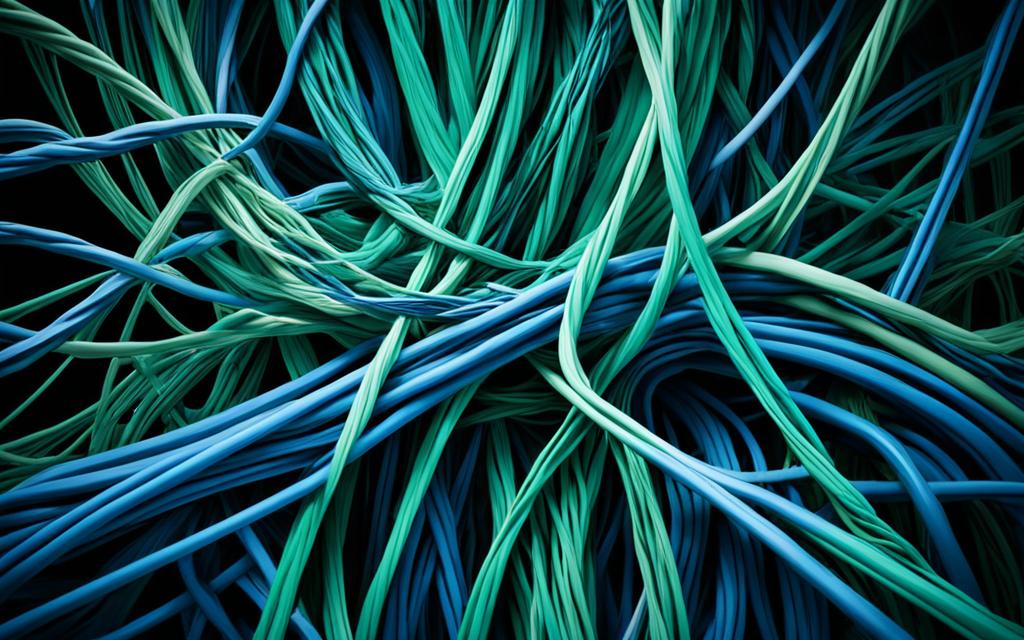
Fiber Optic Cable: Revolutionizing Telecommunications
Fiber optic cables have revolutionized telecommunications with their high-speed data transmission capabilities. These cables transmit data through light pulses in tiny tubes of glass or optical fibers. Fiber optic cables are resistant to interference and are highly effective in creating long-distance connections. They are used in various applications, including cable television services, internet signals, and telephone signal transmission.
Fiber optic cables are categorized based on their core size – single-mode and multimode. Single-mode cables have a small core and low attenuation, making them ideal for long-distance connections. Multimode cables have a larger core and higher attenuation, limiting their transmission distance.
While fiber optic cables are more expensive than other cable types, they offer wider bandwidth, faster speeds, and greater transmission distances. However, these cables require careful installation and maintenance due to their fragile and thin nature.
RF Cable Assemblies in LEO Satellites: Meeting Unique Challenges
RF cable assemblies play a crucial role in communication systems within LEO (Low Earth Orbit) satellites. LEO satellites operate at lower altitudes and travel at high speeds, making them ideal for applications that require real-time data transmission and global coverage. However, the extreme environmental conditions of space present unique challenges for RF cable assemblies.
Material selection becomes critical to ensure optimal performance in terms of radiation resistance, shielding effectiveness, outgassing, and whiskering.
Radiation exposure can change the cable dielectric and degrade electrical performance, so cable location and shielding are essential considerations.
Effective shielding is necessary to prevent electromagnetic interference (EMI), while outgassing must be minimized in a vacuum environment.
“The extreme environmental conditions of space present unique challenges for RF cable assemblies in LEO satellites. Material selection, cable location, and shielding play a crucial role in ensuring optimal performance and reliability.” – Alex Johnson, Senior Satellite Engineer
Additionally, materials used for coaxial connector terminations should avoid whiskering. Cable performance parameters, such as phase stability, stability over flexure, and attenuation, also need to be taken into account for reliable and high-performance operations in LEO satellites.
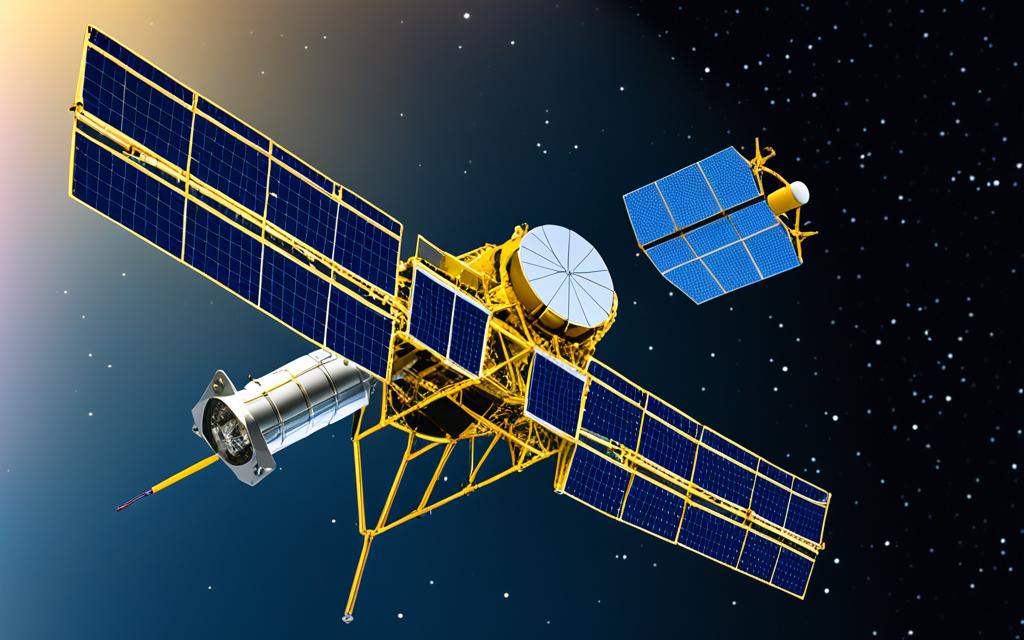
| Challenges | Considerations |
|---|---|
| Radiation Exposure | Ensure appropriate material selection and shielding |
| Electromagnetic Interference (EMI) | Implement effective shielding to prevent interference |
| Vacuum Environment | Minimize outgassing to maintain optimal performance |
| Whiskering | Avoid materials prone to whiskering in coaxial connector terminations |
| Cable Performance | Consider phase stability, stability over flexure, and attenuation for reliable operations |
By addressing these challenges and considering the specific requirements of LEO satellites, RF cable assemblies can continue to meet the demands of extreme environmental conditions and ensure reliable communication throughout their mission in space.
Innovations in RF Cable and Connector Technologies for LEO Satellites
Innovations in RF cable and connector technologies are driving advancements in LEO satellite applications. Traditional semi-rigid RF cable technology may not be suitable for smaller LEO satellites due to space constraints and routing limitations.
Compact and flexible RF cable solutions, such as InstaBend® Space cable assemblies, have been specifically designed for small satellites and similar applications. These highly flexible cables can be routed through tight spaces without compromising performance or reliability.
Another important factor in LEO satellite applications is low loss RF cables, which ensure reliable signal transmission over long distances. Ultra-low-loss cable assemblies, like MaxGain Space assemblies, are built with spiral outer conductor technology to provide a high-frequency interconnect solution with minimal signal loss.
Additionally, phase-stable cable assemblies, such as InstaBend PhaseStable assemblies, offer stable phase performance over temperature, which is crucial in demanding applications.
These innovations in RF cable and connector technologies enable the efficient and reliable operation of LEO satellites in extreme environmental conditions.
Conclusion
RF Cable Networks play a crucial role in bridging communication across vast distances. The main types of cables used in these networks are coaxial cables, twisted pair cables, and fiber optic cables. Coaxial cables are commonly used for transmitting TV signals and establishing internet connections. Twisted pair cables are widely used in telephone and ethernet networks. Fiber optic cables offer high-speed data transmission and are used in various applications.
However, RF cable assemblies in LEO satellites face unique challenges due to extreme environmental conditions. Material selection and cable performance considerations are key in ensuring optimal performance in these satellites. Innovations in RF cable and connector technologies have provided compact, flexible, and low-loss solutions for LEO satellite applications.
With the advancements in RF cable networks, seamless communication over long distances is made possible. These networks enable modern networking and connectivity, facilitating the exchange of information and data across the globe.
FAQ
What types of cables are used in RF Cable Networks?
RF Cable Networks consist of various types of cables, including coaxial cable, twisted pair cable, and fiber optic cable.
What is the role of coaxial cables in communication?
Coaxial cables are widely used for transmitting TV signals and establishing internet connections.
What are the advantages of twisted pair cables?
Twisted pair cables are popular in telephone and ethernet networks due to their ability to reduce crosstalk and environmental interference.
How do fiber optic cables revolutionize telecommunications?
Fiber optic cables offer high-speed data transmission through the use of light pulses, making them highly effective in creating long-distance connections.
What unique challenges do RF cable assemblies face in LEO satellites?
RF cable assemblies in LEO satellites face challenges related to radiation resistance, shielding effectiveness, outgassing, whiskering, and cable performance in extreme environmental conditions.
What innovations in RF cable and connector technologies are driving advancements in LEO satellite applications?
Innovations include compact and flexible RF cable solutions designed for small satellites, low loss RF cables for reliable signal transmission, and phase-stable cable assemblies for stable phase performance in demanding applications.
How do RF Cable Networks enable seamless communication over vast distances?
RF Cable Networks ensure reliable and efficient communication across different distances, bridging the gap for modern networking and connectivity.

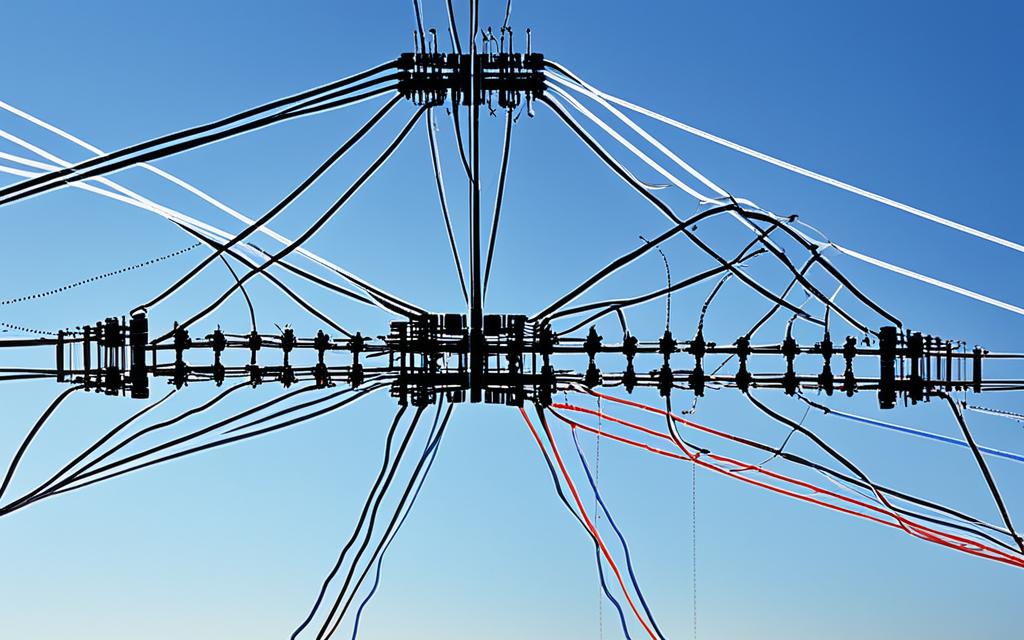
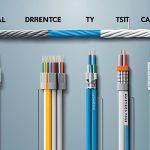
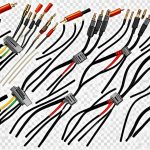




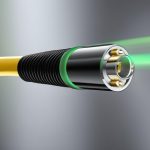

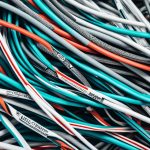



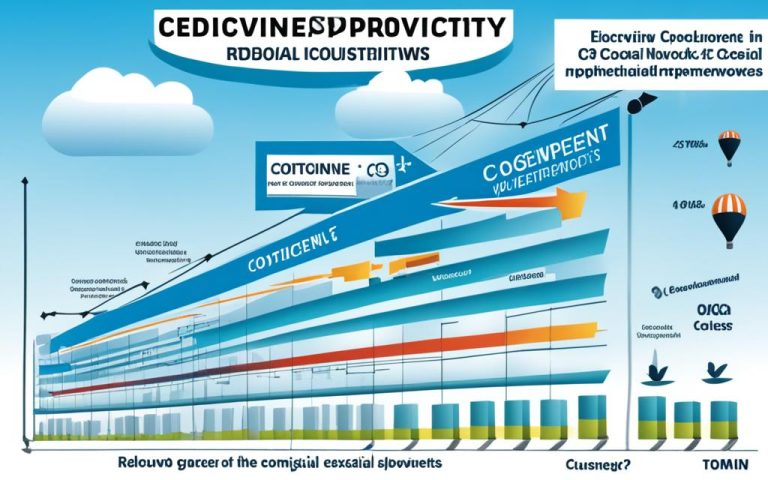

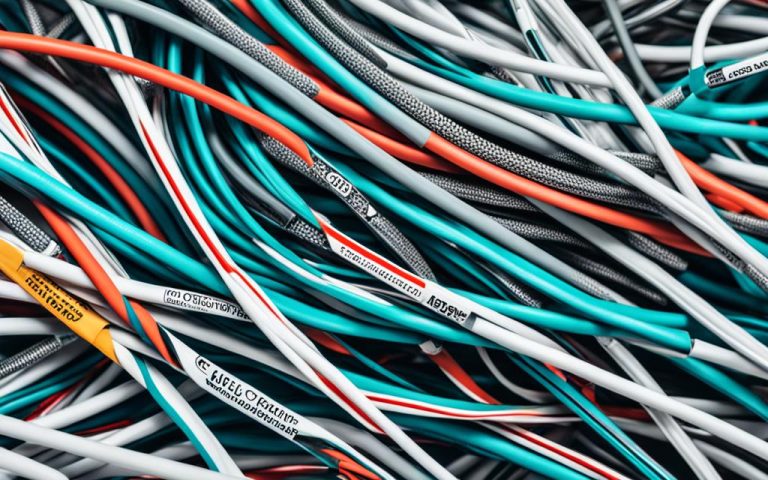
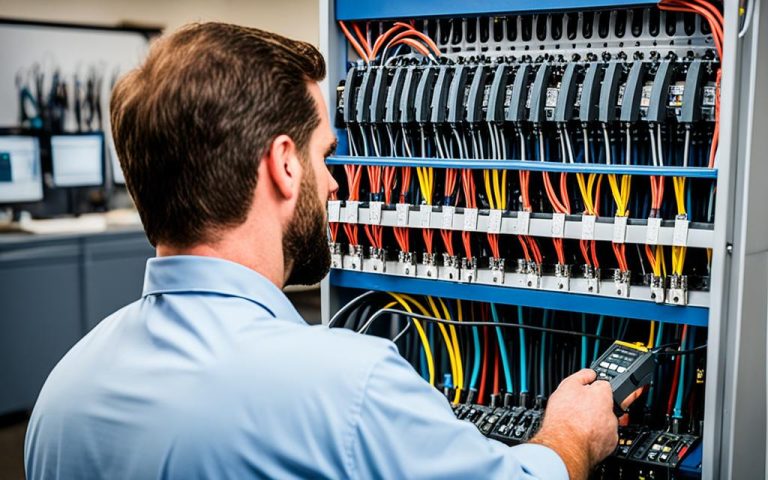
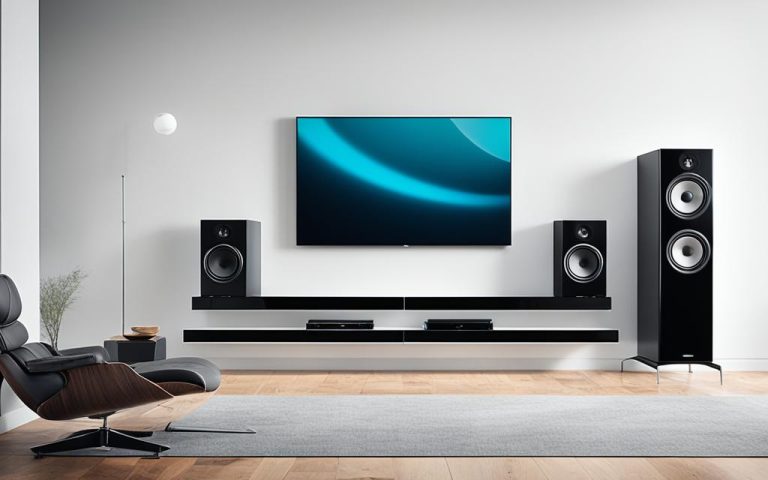
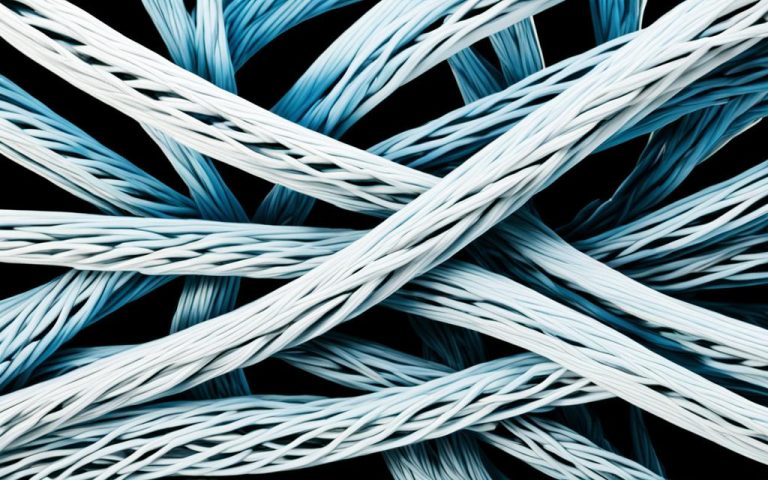
Step into the future of digital creativity with
nude AI experiences– your final destination for visual images,
created by artificial intelligence. If you’re interested in AI-generated nudes,
our platform offers an unrivaled experience. Immerse yourself in the fantasy of artificial intelligence and unleash your imagination.
Our unique features, including the popular NUDE mode, allow you to undress AI models with ease and privacy.
Looking for something more? Check out our wide range of services, from nude AI generator to personalized AI companion creation.
Visit our website https://getporn.ai/ and discover the endless possibilities of AI-generated content.
Translated using DeepL.com (free version) can be done on our website generate AI nudity
123